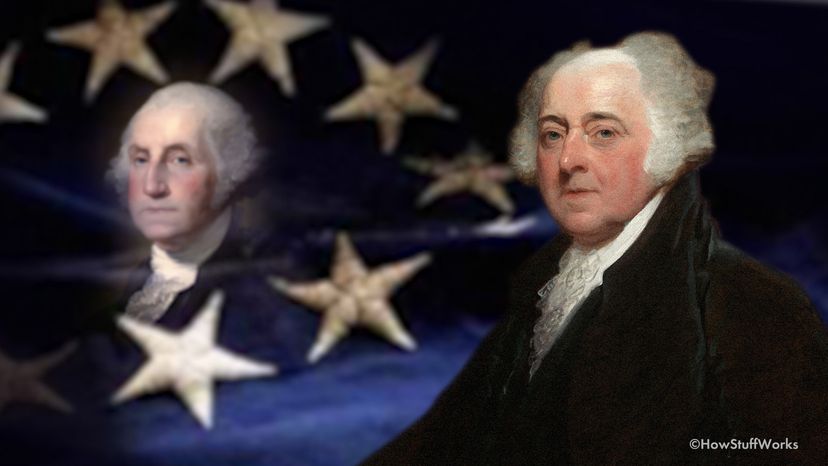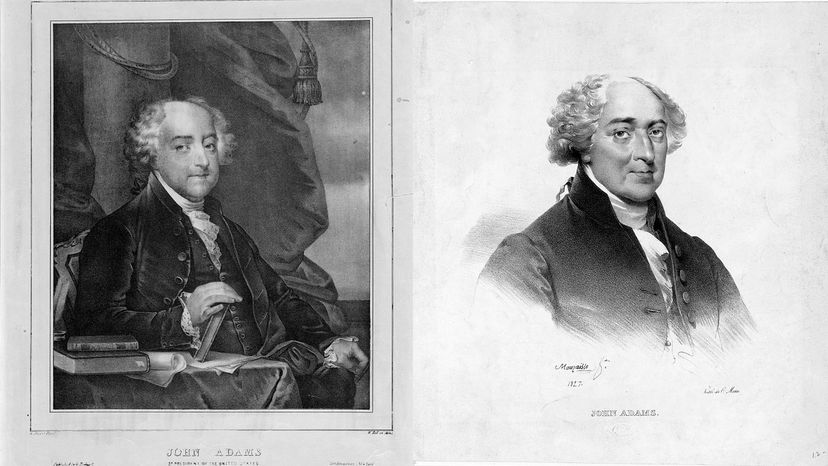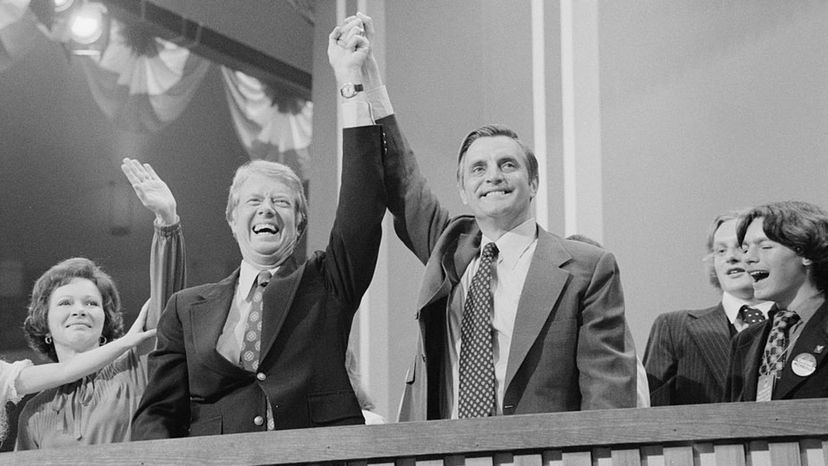
America's first vice president was not, it seems, all that high on his new No. 2 gig.
"My country has in its wisdom contrived for me," John Adams told his wife, regarding the role of vice president, "the most insignificant office that ever the invention of man contrived or his imagination conceived."
Advertisement
The vice presidency has come a long way since Adams reluctantly kicked things off in 1789 under fellow Founding Father (and the nation's first president) George Washington. The office of vice president was originally a sort of consolation prize; whoever finished second in the Electoral College voting (as Adams did to Washington in both 1788 and 1792) got the job. And the job (as Adams suggested to his wife, Abigail) was not very exciting. Adams had next to no responsibilities in the executive branch. His main duty was to oversee the Senate.
Since then, both the way the vice president is selected and the role they play has changed.
"The vice president wasn't created to be powerful, certainly. It wasn't created just to succeed the president. It wasn't created just to preside over the Senate. It was created, really, for electoral purposes because of the quirks of the Electoral College," says Christopher Devine, a professor of political science at the University of Dayton and the co-author of a couple of books on the importance of vice presidential candidates in presidential elections. "But after the decision was made to create a vice presidency, then there were some roles that were created for the vice president that would keep him busy day to day and, in some cases, [were] consequential."
Advertisement

